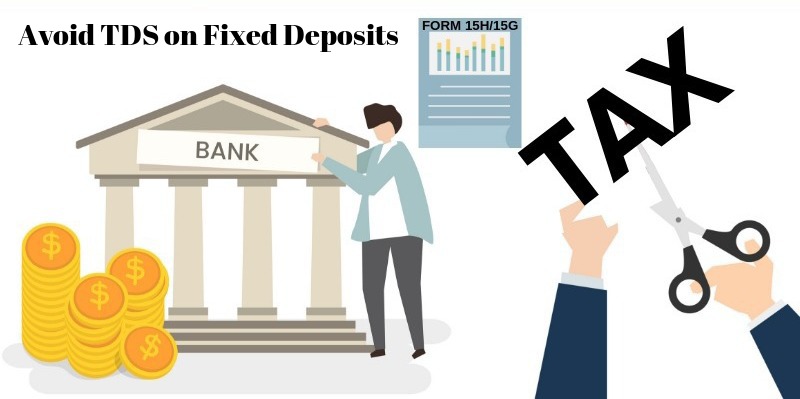When Is the Best Time of Day to Trade Forex?

Table of Contents
Is There a Perfect Time to Trade?
The foreign exchange (Forex) market is open 24 hours a day. Consequently, traders and investors have round-the-clock opportunities to participate in it. However, not all times are equal. You should read this guide to decide the best time for you to trade.
There is no perfect time to trade. To some extent, when to trade is a decision you will make for yourself.
For instance, what is the amount of time you are willing to dedicate to the market? Do you have a day job that may not give you the time to trade in the day?
Also, when do you prefer to trade? What are your aims? What are the trading strategies you use?
These are some personal questions that you should answer. The answers would help you in deciding the best time for your trading.
Moreover, in answering the question of when to trade, you do not have control over some factors. Different currency pairs, for instance, exhibit different levels of activity at different times of the trading day.
How is that so? Demography. Time zone. The demography or time zone of the market participants at any time determines the currency pairs that will be active at that time.
For instance, let us take a currency pair such as GBP/JPY. What would you expect about it? That is right. Usually, it experiences substantial trading activities during European and Asian trading hours.
As a result, based on the difference in the levels of activity of the different currency pairs, there are three major trading sessions.
Asian Forex Session (Tokyo)
During this period, Asian countries such as Japan and China exert the most significant pull. Unofficially, Tokyo represents the activity from this part of the world.
However, non-Asian countries like Australia, New Zealand, and Russia exert considerable pull during this period, too. The hours typically last between 11 p.m. and 8.a.m. GMT.
Sometimes, gaps happen during this session. They are especially common on Sunday nights when the market is opening for the week. Gaps are those times when price sharply moves up or down with little or no trading activity in between.
However, the overlap of the European session with North America accounts for why the EUR/USD is the most traded pair.
European Forex Session (London)
Some hours just before the end of the Asian session, the European course takes over. This session is so named because European countries dominate it.
Germany and France have a significantly high market pull in this session. Also, their trading hours open ahead of the UK which runs between 7:30 a.m. and 3:30 p.m. GMT. Therefore, the European course typically runs between 7:00 a.m. and 4:00 p.m.
London is the representation of the trading activity from this part of the world.
American Forex Session (New York)
The North American session unofficially opens at noon GMT and closes at 8 p.m. GMT. Countries that contribute to its activity are the US, Canada, Mexico, and South American countries. The US, however, is the largest.
Activity in New York is responsible for most of the participation in this session. Therefore, New York is its representative center.
From the above description, you should have noticed that there is an overlap between the Asian and the European sessions. The European session also overlaps with the North American course.
Using the Three Sessions to Determine the Right Time to Trade
How can you use the knowledge of the three sessions of Forex trading to plan your trades? It is simple.
To do so, you would consider the fundamental forces of supply and demand. Correspondingly, those forces determine the liquidity and volatility of the market at any time. For this, the idea of the three trading sessions gives an insight.
First, liquidity is the easiness and timeliness with which brokers fill orders. A lack of liquidity is a rarity in Forex, but brokers do experience difficulty in filling orders sometimes.
Second, volatility is a measure of the strength in price moves at a particular time of the day. There are different levels of volatility for the different currency pairs. It is noteworthy that volatility is not compatible with trading. Traders are, therefore, advised to stay away from the market in periods of high volatility.
So, what is responsible for liquidity and volatility? Supply and demand. What accounts for the different values of supply and demand in the different currency pairs at specific times of the day? The three trading sessions for the most part.
Institutional investors operate according to their particular trading session. It is during these sessions that they have access to financial news. And they are the ones responsible for the most significant bulk of the supply and demand of the market.
For instance, you would expect European currencies and currency pairs to be most heavily traded during the London session. Similar situations play out too during the other sessions of the day.
Final Thoughts
You should use your knowledge of the trading sessions and their primary movers in formulating your trading strategies. You should also take note of how they drive the demand and supply for each of the currencies.
However, no matter the period during which you decide to trade, daily Forex signals will enhance your trades. Therefore, you should subscribe to the best Forex signal provider to be able to make profitable trades.
1000Pip Builder is a reliable Forex signal service. You should sign up for a membership plan with us here.





